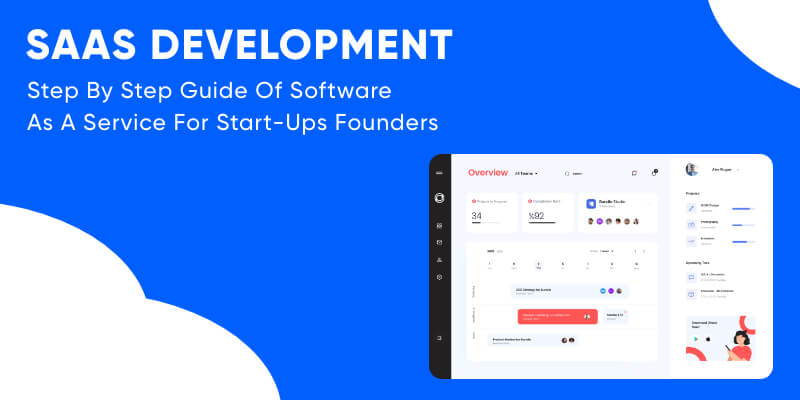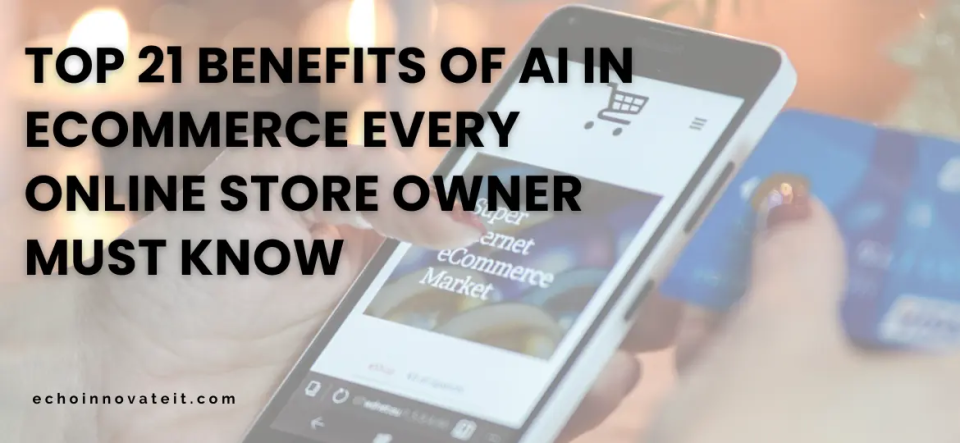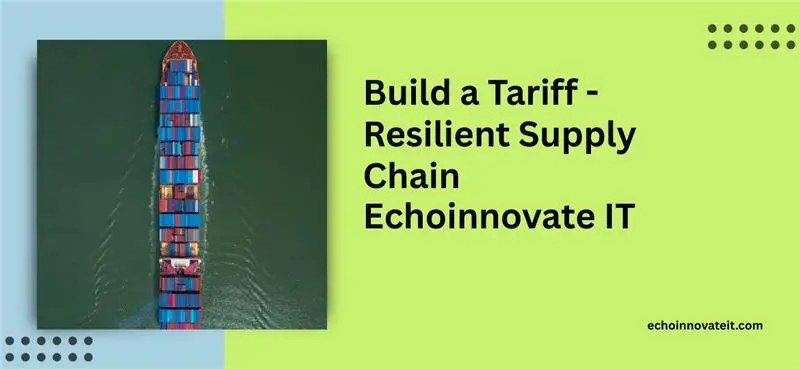Introduction: Why SaaS Development Matters More Than Ever
The Software as a Service (SaaS) industry has transformed how businesses and consumers use technology. In 2025, nearly every business in the USA relies on at least one SaaS platform, whether it’s Slack for communication, Salesforce for CRM, Zoom for video meetings, or Canva for design. SaaS has become the backbone of the digital economy — enabling scalability, lowering upfront costs, and supporting mobile-first lifestyles.
According to Statista, the global SaaS market is projected to surpass $300 billion by 2026, with the U.S. leading adoption. More importantly, over 70% of SaaS usage now comes from mobile devices — meaning SaaS companies must prioritize Android apps, iOS apps, and responsive cloud applications to remain competitive.
As someone who has worked with SaaS startups, SMBs, and Fortune 500 enterprises for over a decade, I’ve seen how SaaS can drive explosive growth — but only if applications are secure, mobile-friendly, and built with the right architecture. This guide walks you step by step through SaaS application development in 2025, with practical strategies, U.S. market insights, and modern examples.
What is SaaS and Why Businesses in the USA Choose It
SaaS (Software as a Service) is a cloud-based software delivery model where applications are hosted on remote servers and accessed through the web or mobile apps. Instead of buying software licenses, businesses and consumers pay a subscription fee for access.
Key Benefits of SaaS Applications
Cost Efficiency: No need for expensive hardware or software installations.
Scalability: Add or remove users instantly.
Accessibility: SaaS apps run seamlessly across web, Android, and iOS platforms.
Automatic Updates: Continuous deployment ensures customers always have the latest version.
Recurring Revenue: Subscription models provide predictable income for SaaS businesses.
Example: Why U.S. Startups Love SaaS
A New York-based fintech startup reduced costs by 40% after migrating from on-premises systems to a cloud-native SaaS solution. Their mobile-first approach — launching both iOS and Android apps — helped them attract younger, mobile-dependent customers.
Step-by-Step SaaS Application Development Process in 2025
1. Market Research and Validation
Building a SaaS product without validation is risky. Before investing, you must:
Analyze competitors (e.g., Dropbox, Trello, Shopify).
Conduct keyword research for U.S. audiences (e.g., “SaaS apps for healthcare 2025,” “best mobile SaaS tools USA”).
Launch an MVP (Minimum Viable Product) to test demand.
💡 Pro Tip: Use Google Trends, SEMrush, and AI-powered market research tools to identify high-demand SaaS niches in the U.S.
2. Choosing the Right SaaS Architecture
Your architecture determines scalability, performance, and cost.
Single-tenant SaaS: Dedicated instance for each client. Best for enterprises needing high customization.
Multi-tenant SaaS: Multiple clients share the same infrastructure. Ideal for startups targeting mass adoption.
Cloud Providers: AWS, Microsoft Azure, and Google Cloud dominate U.S. SaaS hosting.
Mobile-First Architecture Considerations
Since U.S. users spend more than 4 hours per day on mobile, you need:
Native iOS apps for premium UX.
Android apps for broader reach.
Cross-platform frameworks like Flutter or React Native for cost savings.
3. Defining Core SaaS Features
Every SaaS app must include standard features plus industry-specific add-ons.
Essential Features
User authentication & management.
Subscription & billing integration (Stripe, PayPal).
Role-based access control.
Analytics dashboards.
Cloud synchronization.
Mobile SaaS Features
Push notifications (for Android & iOS).
Offline mode with cloud sync.
In-app messaging for user support.
📱 Example: Netflix (a consumer SaaS) integrates offline downloads and mobile-first features, boosting retention among U.S. mobile users.
4. Tech Stack and Tools for SaaS Development
The right tech stack ensures scalability and security.
Frontend: React.js, Angular, Vue.js.
Mobile SaaS Apps: Swift (iOS), Kotlin (Android), Flutter (cross-platform).
Backend: Node.js, Python, Ruby on Rails.
Databases: PostgreSQL, MongoDB, Firebase.
DevOps: Docker, Kubernetes, CI/CD pipelines.
5. Mobile-First SaaS Development Strategy
In 2025, mobile SaaS is not optional — it’s the default.
Native iOS SaaS apps: Prioritize U.S. users with high iPhone adoption.
Android SaaS apps: Capture cost-sensitive audiences across states.
Progressive Web Apps (PWAs): Offer app-like experiences without downloads.
💡 Case Study: A SaaS fitness startup launched a cross-platform mobile SaaS app using Flutter. Within six months, they saw a 2.3x increase in engagement compared to their desktop-only version.
6. Security and Compliance
Trust is a cornerstone of SaaS success. In 2025, U.S. businesses must ensure compliance with:
GDPR (data protection).
HIPAA (healthcare data).
CCPA (California Consumer Privacy Act).
Security Best Practices
End-to-end encryption.
Two-factor authentication.
Regular penetration testing.
Mobile app security audits (iOS App Store & Google Play policies).
7. Testing, Deployment, and Maintenance
Automated Testing: Performance, security, and mobile compatibility.
Deployment: Cloud hosting for scalability.
Continuous Maintenance: Bug fixes, feature updates, mobile OS upgrades.
💡 Regularly update SaaS apps for iOS and Android to ensure App Store and Google Play compliance.
SaaS Development Costs in 2025
| SaaS Product Type | Estimated Cost (USD) | Timeline |
|---|---|---|
| MVP SaaS App | $50,000 – $120,000 | 3–6 months |
| Full SaaS Solution | $150,000 – $500,000+ | 6–12 months |
| SaaS Mobile Apps (iOS+Android) | +30–40% extra | +2–4 months |
| Ongoing Maintenance | 15–25% yearly budget | Continuous |
SaaS Trends to Watch in 2025
AI-powered SaaS apps: Predictive analytics, automation, and chatbots.
Low-code/no-code SaaS: Democratizing app building for SMBs.
Vertical SaaS: Industry-specific solutions (healthcare SaaS, retail SaaS).
Mobile-first SaaS: Optimized for Android and iOS apps.
SaaS bundles: Subscription packages with multiple integrations.
📊 Gartner report shows that 65% of new SaaS products in the U.S. will include AI-driven personalization by 2026.
Conclusion: Building SaaS Apps for the Future
SaaS application development in 2025 is more than coding — it’s about understanding user needs, building for mobile-first experiences, ensuring security, and staying ahead of U.S. market trends.
If you’re a startup founder or enterprise leader ready to build a SaaS product, focusing on cloud scalability, iOS and Android apps, and AI-driven features will ensure long-term success.
👉 Call to Action: Want to build a SaaS application that scales across the USA market? Contact our expert SaaS developers today for a free consultation.
Those days are gone when we had to install and update the software on our computers ourselves. Now the majority of services and updates are managed in the cloud called software as a service (SaaS). Therefore, users can enjoy the maintenance services tension-free. SaaS app development is a little tricky and should be done carefully.
In this revolution, Software-as-a-Service or SaaS played an important role. Moreover, the usage of SaaS has accelerated due to pandemics. For example, in the year 2020, Zoom increased its sales by 330%.
But before you begin you need to know the requirements for developing a SaaS application,
- What are the best practices for creating software as a service?
- How much does it cost to develop a cloud-based SaaS application for startups?
- Tech stacks and business models for software as a service,
- Challenges of the SaaS Platform Development Process.
What Is A SaaS Application?
As a matter of fact, a SaaS application is a web-based app that replaces offline software. Its subscription-based, on-demand nature frees your clients from having to install it locally on their devices and upgrade the hardware required to run it. Additionally, Clients generally use SaaS solutions from connected devices via an Internet browser or different APIs while the software provider carries out all maintenance. Of course, its infrastructure is maintained by a third-party cloud-computing provider as it is a cloud-based software delivery method.
SaaS Ideas For Your Next Billion-Dollar Startup
Why do some new business startup ideas generate a lot of revenue and some just fail? There’s a reason behind this. Comparatively, as per the CB insights, the reason is fewer market requirements and failure to raise new capital.
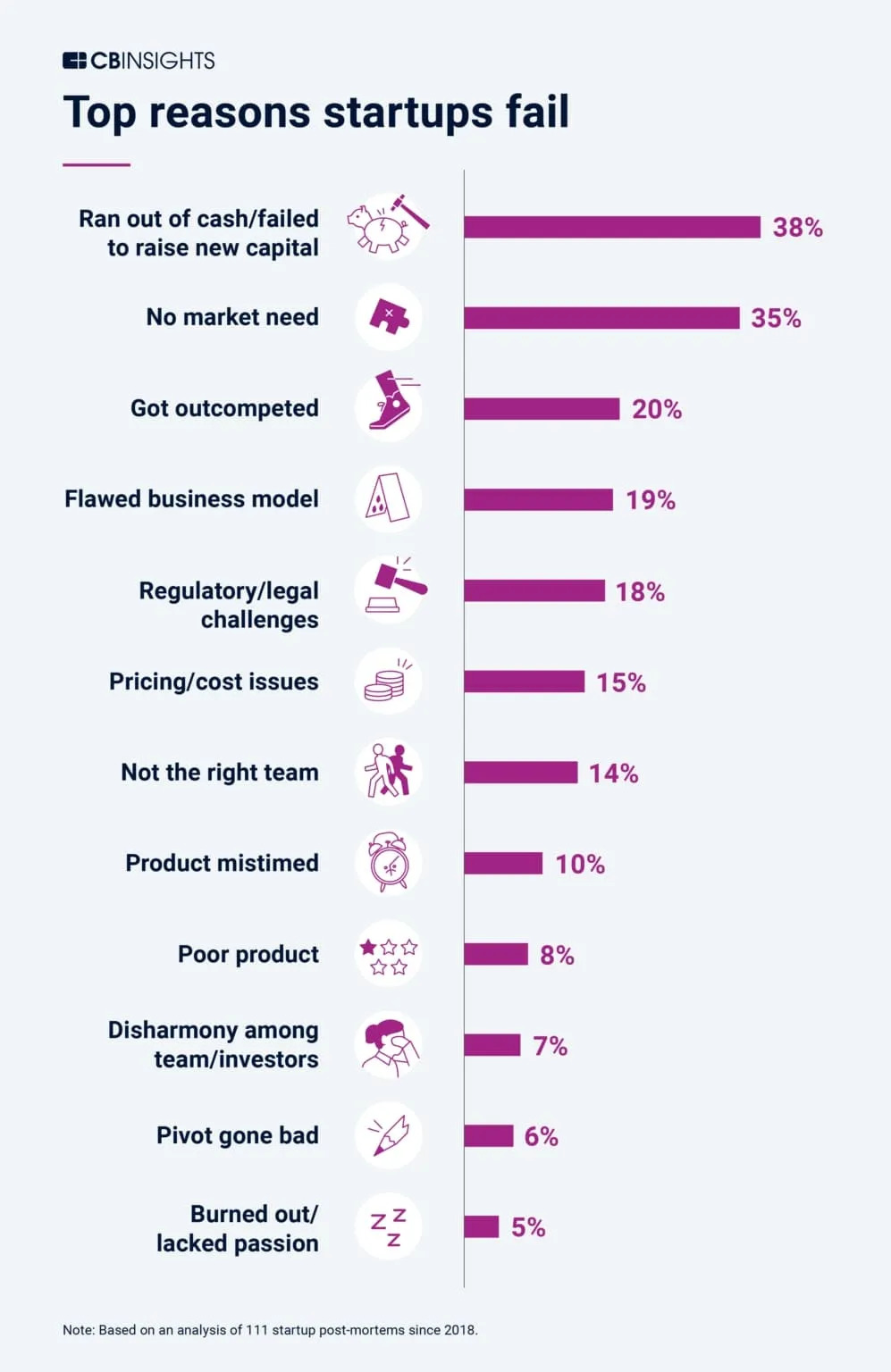
Correspondingly, most the startups fail because they are not able to bring the interest of the target audience. Let’s have a look at the SaaS application development ideas for your next billion-dollar startup in 2023.
E-invoicing
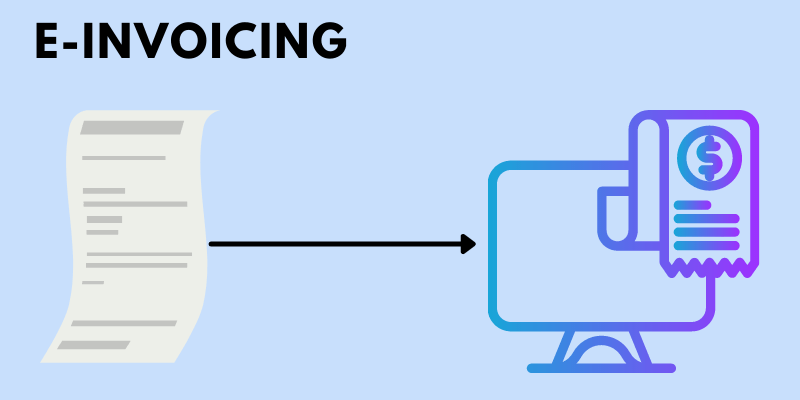
Togetherwith, E-invoicing is supplied by accounts payable software. As per Zion Market Research, cloud software will dominate the accounts payable market. Therefore, this innovative domain might give rise to many profitable SaaS startup ideas in the future.
By the same token, Fintech startup ideas improve invoice management by accelerating invoice approval and reducing fraud. Invoice automation ensures the accuracy of transactions, saves resources, and enhances supplier relationships.
Example: Beanworks is an account payable automation solution that makes invoicing ninefold faster. With the help of the SaaS product idea, Beanworks raised $12.3 million through private investments.
Also Read:
Telehealthcare
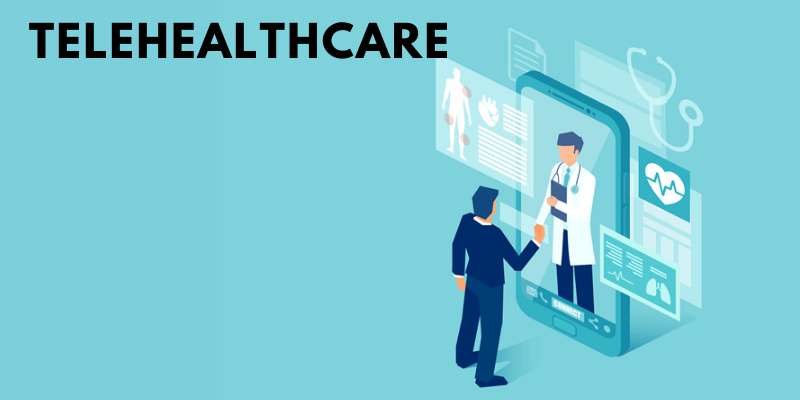
Equally important, Telemedicine enables health care specialists to consult their patients through online mode. As per Fortune Business Insights, by the year 2026, the global telemedicine market’s size is estimated to hit $185.66 billion. Not to mention, this makes telehealthcare a fertile ground for profitable SaaS application ideas for business startups.
Telehealthcare software brings accessibility and convenience for both doctors and patients. This software uses tools such as live and stored video conferencing, remote patient monitoring, and mobile health.
Example: BetterHelp is the largest health e-counseling platform that connects patients with accredited therapists. Teladoc Health acquired this startup for $30 million, making BetterHelp one of the most profitable SaaS product ideas.
Team Communication
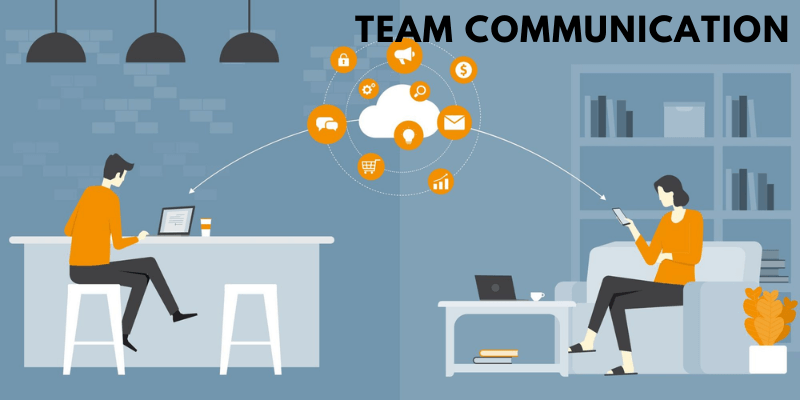
The domain of team collaboration is expected to grow and gain more ideas for SaaS startups. It is led by worldwide business digitalization and the need for visual data exchange, including smart meeting rooms. Many profitable SaaS app ideas were launched in this domain.
Value: Team communication software provides tools for effective conversation among employees. Online collaboration software encourages better team collaboration, improved project management, and boosts productivity.
Example: Mobilize is a community management platform that provides a private space for a professional network. This SaaS startup raised $15.3 million from investors and paved the way for other good ideas for startups in the field of team communication.
Social Media Management
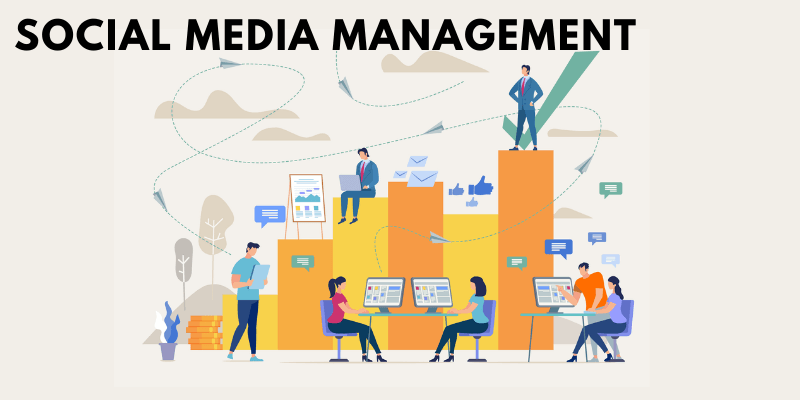
In the year 2019, social media usage accounted for nearly one-third of the time spent online. This is the reason why you can use social media posts to get a cost-efficient promotion by interacting with the audience and expanding your business.
Value: Social media management tools streamline the marketing workflow by covering many social media in one place. Also, such tools ensure the content to be delivered timely to the right audience.
Example: ContentCal is a B2B SaaS content marketing platform. It helps businesses to build a great online presence for their brands with the help of social media posts automation, scheduling, and analytics. With one of the most interesting SaaS application ideas, this app brought its founder $6.4 million through seed investment. Now it generates nearly $1 million monthly revenue.
Marketing Automation
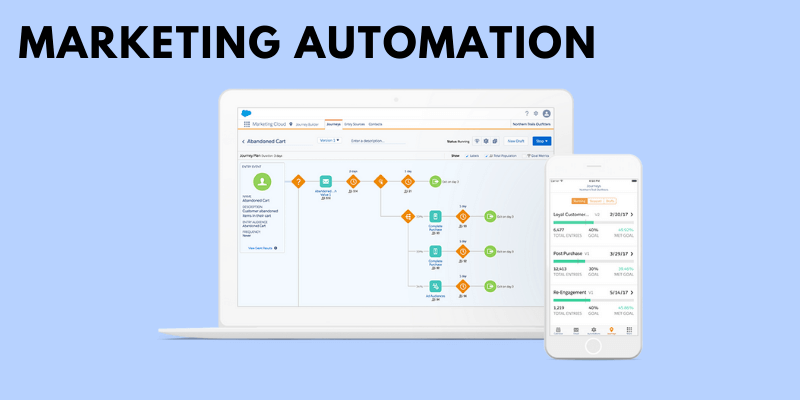
Poor marketing is one of the reasons behind the failure of startups. You can utilize this for your benefit and come up with marketing technology solutions for startups. This field is all set to welcome great SaaS product ideas that facilitate different aspects of marketing and brand advocacy.
Value: Marketing automation software streamlines marketing workflow and measures the results of promoting campaigns. Such platforms automate various aspects, including email, SMS, and social media management. The development of such software is considered to be one of the best ideas for startups.
Example: Duel is a marketing automation SaaS startup that handles referral and social media marketing.
Video Rendering and Editing
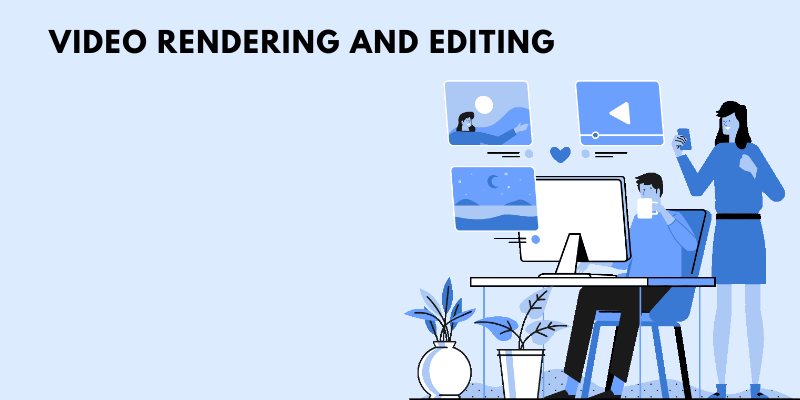
In today’s era, digital marketing is booming. Video content has become the largest traffic booster as it increases organic traffic by 157%. Real-time rendering is great for boosting businesses’ online presence. Video rendering technology solutions for startups are considered to be among the top SaaS application ideas.
Value: Video rendering is one of the most resource-demanding computer processes, especially in real-time. Many non-professional video editors find it difficult to render media using professional software. That is where video editing and rendering SaaS solutions come into play.
Example: VEED is a SaaS startup that facilitates video editing and creating videos from podcasts. This SaaS product idea brings its founders $180,000 per month with many visitors reaching 313,000 each month.
Appointment Management
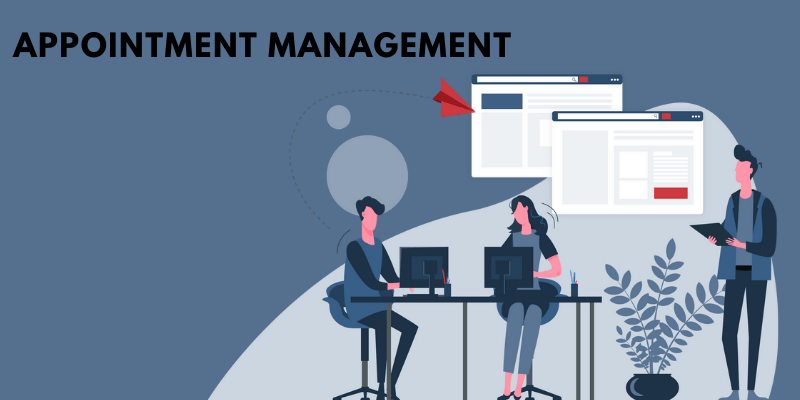
For running any business, meetings represent a significant part. And this important activity is optimized with appointment management software. According to GlobeNewswire, it is estimated that the appointment scheduling software market will reach $546.31 million by 2026. Also, the SaaS segment of this market will continue dominating and welcoming new startup ideas and SaaS solutions.
Value: Appointment scheduling software helps organize customer and staff scheduling and calendar management. Well-designed SaaS product ideas for appointment management significantly improve the workflow. Great appointment scheduling software makes the working process more flexible and efficient.
Example: Calendly is the SaaS solution for appointment management, connecting over 1 million people. It enables scheduling team and personal appointments and group events. One of the most interesting SaaS startup ideas in the past, Calendly generated nearly $70 million in 2020.
Virtual Assistant
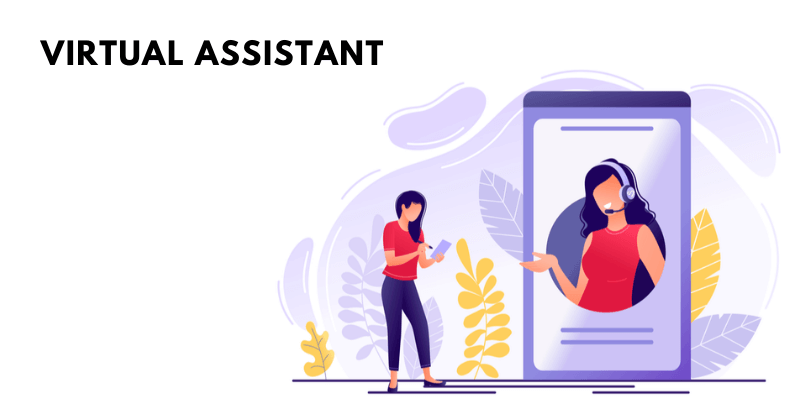
AI virtual assistant for businesses is a program that interprets and uses human language to engage customers. In 2019, the global AI assistant market size was growing at a CAGR of 34%. Therefore, this field is waiting for SaaS application ideas that will develop conversational commerce.
Value: Good SaaS product ideas for virtual assistants improve customer experience and reduce costs. Also, such software can handle team scheduling, planning resources, or measuring employee engagement. At the moment, the capabilities of virtual assistant software are still subject to exploration.
Example: Conversica is a leading SaaS provider of AI virtual assistants. Conversica captures, scores, and manages leads for sales and marketing teams. Being one of the most powerful SaaS application ideas, Conversica raised $107 million of seed investments.
Micro-SaaS
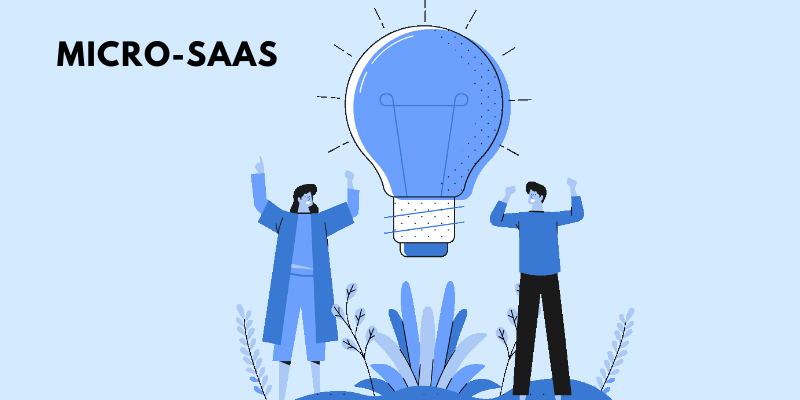
Micro-SaaS can help a user save time and money. The micro-SaaS solution trend has emerged as a smaller version of an existing SaaS product. So, you take the classic SaaS business and shrink it greatly to a point where it becomes “micro.”
Such an approach is not only affordably priced but also scalable enough. If the first iteration of your product takes over 6-8 weeks of development, you need to reimagine your micro-SaaS idea.
Value. Micro-SaaS fills a missing feature or disables things users may find irrelevant in exchange for a reasonable sum of money. In the crowded market, micro-SaaS businesses address a particular niche or a problem.
Example. Linkody is one of the micro-SaaS examples that targets to meet customer requirements in a better way. It is a backlink tracker designed to find and build links to websites. There are various metrics that give you an idea of the general health of your backlink profile and what impact may have Google’s ranking factors on it. Once you sign up for Linkody, the dashboard shows you the overall data of your site’s SEO metrics.
Freelancer CRM
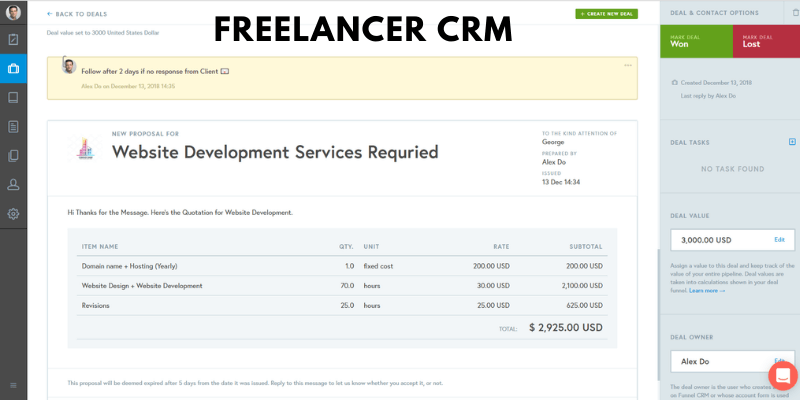
The freelance CRM sphere provides a wealth of profitable SaaS product ideas. This type of software shares many things in common with usual CRMs. However, there is some difference between those solutions as freelancers are handling all the work by themselves. The on-demand nature of ideas for SaaS startups makes them a perfect fit for this domain.
Value: By using a CRM, freelancers get a convenient way of tracking customer interactions. Freelancers also get analytics, email marketing, time tracking, and reporting tools.
Example: Sendinblue is a cloud-based digital marketing platform that provides CRM and marketing automation. Founded in France in 2012, this SaaS solution is a world-leading digital marketing platform now.
What are the top advantages of SaaS?
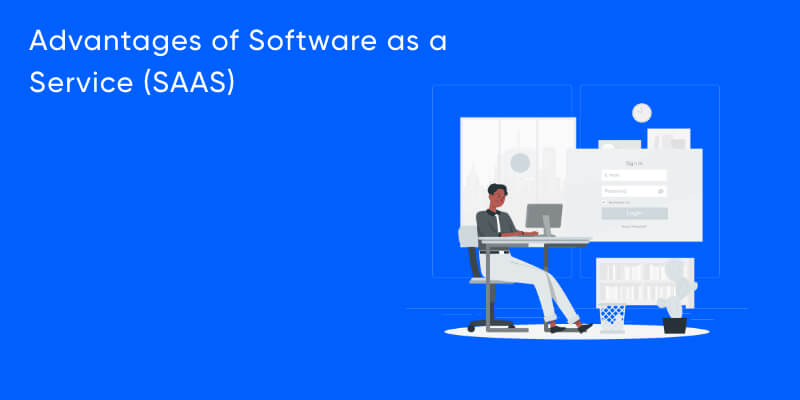
Lower costs
SaaS offers cost savings, as it is usually hosted in a shared or multi-tenant environment. The hardware and software license costs are low in such an environment (compared to the traditional model).
Hence, SaaS enables businesses to use software that they would not use otherwise because of the high licensing cost. Maintenance costs are also lower for users because the price is split among all the users of the service. The maintenance itself is done by a SaaS provider.
Ease of distribution
Distribution is much easier in the case of SaaS. Let’s take the example of Jira. Within the traditional model, users have to install it and update the software themselves. Also, SaaS enables buying the subscription and using the service online, without even installing it.
Accessibility
Software as a service application is easily accessible. Users just need a computer and a stable internet connection to access and use the cloud-hosted software. Therefore, the application can be available on any device (e.g., remote desktops, mobile phones, etc.) and used at any time from anywhere.
Effortless Scalability
With the growth of your business, there is a need to add new users; you do not have to buy additional software licenses or server space. You can just upgrade your existing subscription plan for the SaaS application to accommodate the new users. This will also help you understand if your business has solid off-seasonal trends, enabling you to cut down on subscription costs.
Easier Updates
The traditional model presupposes many stages that the service provider cannot control. It concerns not only how the users install your software but also how they update it.
How To Develop A SaaS App For Your Startup? Step-By-Step Guide
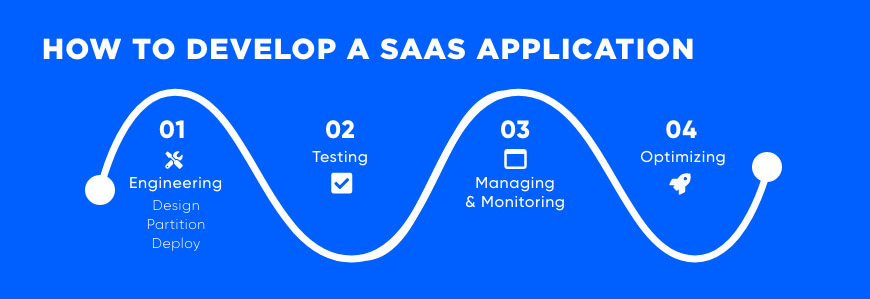
Let’s have a look at the process of building SaaS applications step-by-step:
Engineering
This step holds the largest amount of work in SaaS software development. Building a SaaS application from scratch requires an entire team of dedicated experts and it might take months for the development.
Design
The design phase has multiple cycles and results in essential artifacts like the software architecture document, user stories, style guides and mockups, and sometimes even a functional prototype. You can opt for a single- or multi-tenant approach.
The single-tenant architecture provides each client with their own server when using your software. It’s more suitable for bigger clients who may exhaust your resources quickly.
Whereas, the multi-tenant architecture enables multiple users to access the same database through separate accounts, meaning they’re unaware of the other’s existence. There are two ways to implement the multi-tenant approach:
- One app instance, one database. With this setup, all users entering your cloud environment access the same database until it’s full. While this approach is easy to implement, its scaling abilities are limited, which affects the overall performance of the app and the user experience.
- One app instance, several databases. In this, each database is only filled up to a certain point before redirecting new users to another database. That way, users have access to more resources, so the software feels more responsive. This approach is much more expensive to implement and requires more resources early on.
The next step is choosing your nearshore software development tech stack, which is the foundation of your web app. Many factors come into play like flexibility, scalability, budget, and speed while deciding how you want to build your application.
Partitions
To account for future alterations to the software, from scaling and improving performance to operational flexibility and enhanced security, you need to divide your software’s data into separate data stores — partitions. This way, it’s easier to handle each partition separately without the complexity of the entire database.
There are different types of partitioning strategies like horizontal, vertical, and functional, each having its benefits and compromises.
Deploy
Everything should be organized so users can use your software, easily find extensive documentation, and be able to contact you right away. For that, deployment requires automation similar to a factory’s production line. Software updates roll out in real-time, getting released as soon as they’re ready.
Speed and flexibility make the automated deployment approach different from routine updates.
SaaS Testing
SaaS software testing is all about ensuring that it meets your and user requirements before and after the release date, and the software is bugs free. It’s a great idea to incorporate manual as well as automated testing approaches in your quality assurance process to cover the software entirely.
Managing & monitoring

The manager controls the entire development team and oversees the process and guides the team. Managers assign the tasks to the team depending on everyone’s skills. You can get any updates you need regarding the SaaS development process.
Optimizing
Optimizing SaaS environments boils down to optimizing costs, tenant experience, availability and performance, timing, and bulk operations. Whichever you want to optimize, you need to ensure that you do it after scaling to the desired size. You need to identify what your software requirements are to run smoothly by ensuring you have enough servers and databases for your user base. This can be done with enough resources for a smooth user experience without wasting much money on staff and equipment.
Migrating from on-premise to cloud
You need to move it there if your SaaS development framework was cloud-based from the beginning. Based on your server type, amount of data, and acceptable downtime, you have various migration options to choose from:
- P2V (physical-to-virtual)
- P2C (physical-to-cloud)
- V2V (virtual-to-virtual)
- V2C (virtual-to-cloud)
Top 6 SaaS Development Challenges You Need To Know
There are various challenges faced by SaaS product managers while developing your own SaaS product.
Navigating the Roadmap
The first biggest challenge faced is prioritizing the product roadmap. The product manager needs to manage everything from business requirements to technology needs. Their roadmap can be derailed by various aspects, for example, lack of resources and customer integration requests steering the product development team away from the core product.
Unscheduled delays can make forecasting accurate time estimates for feature development on the product roadmap difficult. As developers are unsure about the time taken for the completion of the entire process.
Blocked by Silos
Another big challenge is breaking down an organization’s silos. The SaaS product manager needs to align teams within an organization to ensure the entire team is on the same page.
This helps the product development process much easier. Companies adopt a DevOps culture that wishes to unify teams and remove silo mentality. This has a focus on constant communication between different departments and establishing smooth company-wide processes.
Movements in the Market
A highly competitive market is one of the major lookouts for a product manager. It is important for a product manager to analyze the market and see what is essential for a business.
For developing SaaS apps, you need to focus on the customers’ requirements and real-time market feedback can be helpful. You can definitely stand out in the competitive SaaS marketplace just by considering your customers’ needs as your top-most priority. Also, SaaS product managers need to be flexible in their approach and have an agile mindset.
Process Paralysis
It is a challenge for product management while building cloud-based SaaS applications if not have a system of automated processes or integrations between teams to help. Also, lack of resources can be a cause of hindrance in product development.
Implementing automation processes early can help overcome this challenge, and help with continuous development, integration, and communication between teams.
Sharing with Stakeholders
Few product managers found what helped them to overcome some of the common challenges they faced included sharing the roadmap and decision with teams. Helping teams to understand the reason behind every decision being made.
Some also mentioned that developing a culture or team spirit helped with collaboration and communication. Driving people to help each other and deliver the best results possible for end-users. When a team feels that they can communicate with leaders more ideas are shared and considered further down the line.
Embracing Automation
Developing automated integration processes helps as they are scalable when managing multiple applications, all while remaining consistent. Teams have a better understanding of the product due to having access to data about product performance from end-users. Therefore, then being able to develop a strategy to solve any errors occurring.
SaaS product managers are balancing several aspects and ultimately need to be efficient and highly skilled communicators to articulate what teams want, and how feasible needs are in line with the business goals.
Best Technology Stacks & Tools For SaaS Applications In 2023
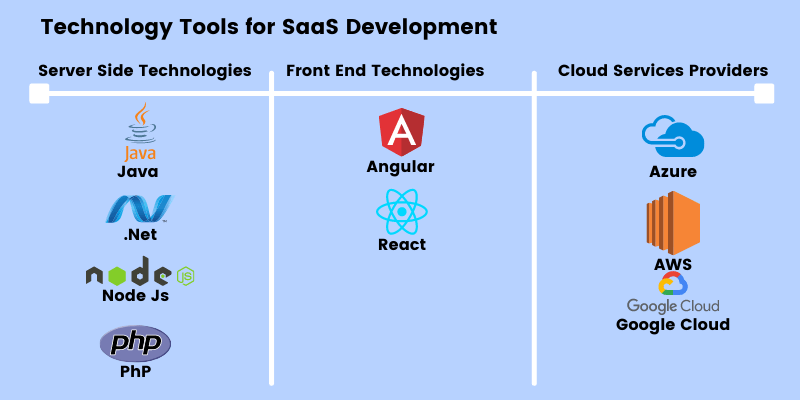
The SaaS architecture is based on innovative technologies. To a greater or lesser degree, companies and private parties outsource their tech tasks using cloud-based services. There are various key features of SaaS products. These will depend on your product type, market research, or even the development budget you have.
Programming Language
Cloud SaaS requires a powerful as well as a simple programming language that will cover today’s development requirements. Sometimes, companies go with the programming language that their in-house developers are most familiar with. It is sometimes hard to choose among the different language options.
JavaScript and SQL are the most popular languages for general purposes, but Python is a great choice for SaaS, as it is readable and flexible as well.
Database
For SaaS products, a secure document-oriented database is a must. The difference between this type of database and a relational one is its small size and the ability to keep data separate and can be used flexibly. You can empower the database with a modern programming language, for example, Python.
MongoDB has an automatic sharing feature. MongoDB becomes your major database as it is scalable and displays good performance within different tasks. That means that you will not lose your technical potential in scaling your business.
Cloud Computing Services and CDN
The SaaS development platform core element is a cloud computing service that enables all the features you implement. Based on the service you select, your ability to scale, upgrade vector, and the niche you work in will vary. A great option is to try AWS (Amazon Web Services) which is the most flexible and complete platform today.
AWS has a high-performance rate and integrates with Elastic Compute Cloud (EC2) as its native element. The AWS EC2 architecture helps you to reach resizable computing capacity and can scale your tech resources. You can also choose the location of your EC2 servers. A content delivery network (CDN) is one more element you have to choose before getting the development job done. CDN is a tool to serve the content of your product.
Frameworks
Various frameworks are available for developers and companies worldwide. React JS, Angular, Vue.js, and Laravel Spark are some of the great frameworks available. React JS is an open-source framework whereas Vue.js is an easy-to-learn framework. Laravel is a PHP-based SaaS framework. All of these are fabulous frameworks available in today’s date.
What is SaaS revenue model?
Let’s have a look at the revenue model of SaaS. The revenue comes mostly from the subscription fees:
- Annual and monthly subscriptions
- Custom integrations
- Hands-on implementation costs, typically for enterprise-level users
- Premium support for higher subscription tiers or at added cost
- Additional API fee or API included only for higher-tier subscribers
- Additional services available for purchase inside the platform
- Additional data processing or storage fees
New SaaS businesses should prioritize validating product-market fit and selling core subscriptions. After meeting those goals and confirming which marketing channels enable the best rate of customer acquisition at a favorable cost, divert funds toward those channels and attention toward more growth acquisition by adding additional revenue streams.
Let’s Read Pros & Cons of SaaS Business Models:
| The upside of the SaaS Business | The downside of SaaS Business |
|---|---|
| Scalable | Churn from failure to retain customers |
| Ongoing revenue | Complexity is high, so growth may be unsustainable; thanks to scaling and its associated maintenance and hosting costs, SaaS pricing must be optimized |
| Ample opportunity in established, emerging, and niche markets | Upfront costs are high for most SaaS companies as they work to build up a large enough user base and lose money for approximately one year, only then moving toward profitability |
| Low barrier to entry | Competition is fierce as new players enter the vertical constantly, and it’s simple to copy these ideas. |
| Enables use of multiple, varied marketing strategies that are effective and low-cost, including affiliate marketing and side project marketing | |
| Reduces customer friction | |
| Can foster loyalty and stickiness, allowing wise companies and individual business owners to nurture strong customer relationships and retain the same customers for years. |
How Much Does It Cost To Build A SaaS Application?
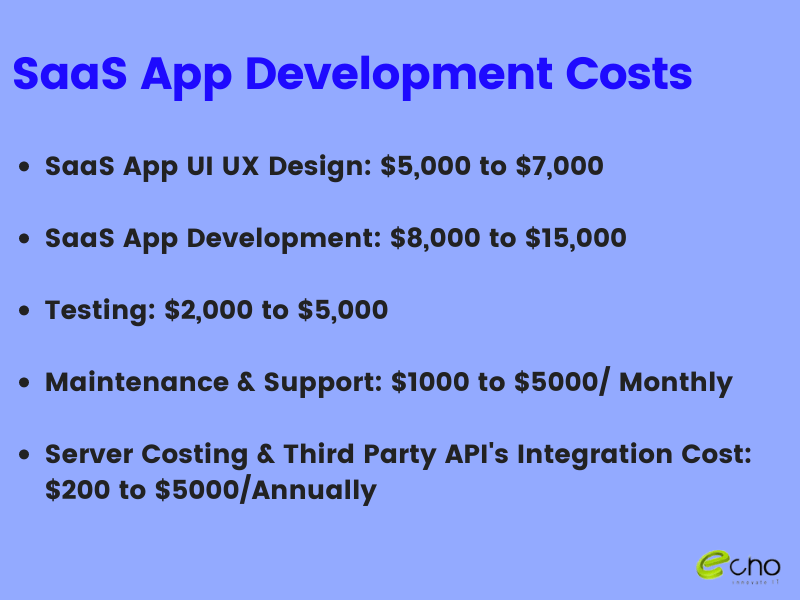
The overall cost of building a SaaS application varies depending on several factors like features, complexity, developers’ hourly charges, and much more. If you’re building an in-house team, then ensure to add the costs of hiring and onboarding new tech specialists to the budget. In outsourcing software development process, it includes the hourly charges of developers along with the vendor’s fee.
As per the recent survey by Your Team’s, the average hourly rates of SaaS software developers across the world vary drastically:
- United States: $46.32/hour
- United Kingdom: $71/hour
- Hands-on implementation costs, typically for enterprise-level users
- Premium support for higher subscription tiers or at added cost
- Additional API fee or API included only for higher-tier subscribers
- Additional services available for purchase inside the platform
- Additional data processing or storage fees
Wrapped Up
Software as a service development brings a wide array of benefits of SaaS applications, including accessibility, lowering costs, easy distribution, and more. Now that you know everything that you need to know before getting started with your SaaS development project. Thus, you need to choose a trusted SaaS development company for your successful project delivery.
FAQs
What Is A SaaS Application?
A SaaS application is software licensed using the Software as a Service business model. Software as a service (SaaS) is a software distribution model in which a third-party provider hosts applications and makes them available to customers over the Internet.
How To Choose A SaaS Development Vendor?
First of all, the vendor needs to have proven experience in SaaS application development. Look at their portfolio and case studies to see if what they can do is close to what you have in mind. Next, check client testimonials and reviews on platforms like Clutch and Goodfirsms. This will give you an idea of what cooperating with them is really like.
How Long Does It Usually Take To Develop A Cloud-Based SaaS Application?
It could take 2-10 months from the early stages of planning to product launch. But this depends on multiple factors such as the complexity of your app, the scale, the tech stack, and the number of developers on your team.
